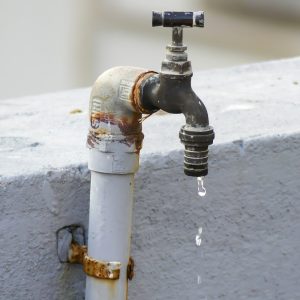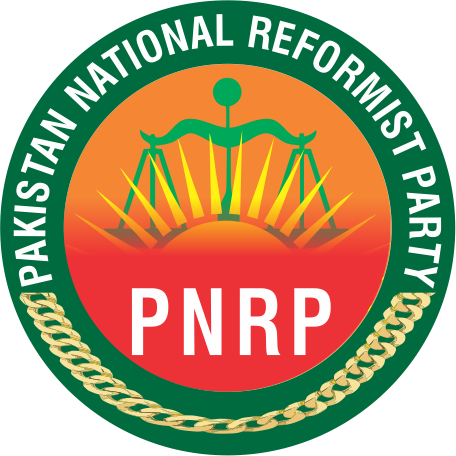
Water crisis: Pakistan running dry?
Currently, around 56 per cent of people in Pakistan have access to safe drinking water, while 30 per cent of diseases and 40 per cent of deaths are linked to unclean water. The divide is also stark between rural and urban populations; up to 70 per cent of rural Pakistan has no access to clean water.
Pakistan could “run dry” by 2025 as its water shortage is reaching an alarming level. The authorities remain negligent about the crisis that’s posing a serious threat to the country’s stability, reports
According to a recent report by the International Monetary Fund (IMF), Pakistan ranks third in the world among countries facing acute water shortage. Reports by the United Nations Development Programme (UNDP) and the Pakistan Council of Research in Water Resources (PCRWR) also warn the authorities that the South Asian country will reach absolute water scarcity by 2025.
“No person in Pakistan, whether from the north with its more than 5,000 glaciers, or from the south with its ‘hyper deserts,’ will be immune to scarcity,” said Neil Buhne, UN humanitarian coordinator for Pakistan.
Researchers predict that Pakistan is on its way to becoming the most water-stressed country in the region by the year 2040.
It is not the first time that development and research organizations have alerted Pakistani authorities about an impending crisis, which some analysts say poses a bigger threat to the country than terrorism.
A water-intensive country
Pakistan has the world’s fourth-highest rate of water use. Its water intensity rate — the amount of water, in cubic meters, used per unit of GDP — is the world’s highest. This suggests that no country’s economy is more water-intensive than Pakistan’s.
According to the IMF, Pakistan’s per capita annual water availability is 1,017 cubic meters — perilously close to the scarcity threshold of 1,000 cubic meters. Back in 2009, Pakistan’s water availability was about 1,500 cubic meters.
The bulk of Pakistan’s farmland is irrigated through a canal system, but the IMF says in a report that canal water is vastly underpriced, recovering only a quarter of annual operating and maintenance costs. Meanwhile, agriculture, which consumes almost all annual available surface water, is largely untaxed.
Experts say that population growth and urbanization are the main reasons behind the crisis. The issue has also been exacerbated by climate change, poor water management and a lack of political will to deal with the crisis.
Water scarcity is also triggering security conflicts in the country. Experts say the economic impact of the water crisis is immense, and the people are fighting for resources.
Climate change
Water scarcity in Pakistan has been accompanied by rising temperatures. In May, at least 65 people died from heatstroke in the southern city of Karachi. In 2015, at least 1,200 people died during the spate of heat wave and hot water.
“Heat waves and droughts in Pakistan are a result of climate change.
“The monsoon season has become erratic in the past few years. The winter season has shrunk from four to two months in many parts of the country. On top of it, Pakistan cannot save floodwater due to a scarcity of dams, At the time of Pakistan’s birth in 1947, forests accounted for about 5 percent of the nation’s area, but they have now dropped to only 2 percent. Pakistan must invest in building water reservoirs and plant more trees.

Water scarcity in Pakistan has been accompanied by rising temperatures.
Water politics
The Tarbela and Mangla dams, the country’s two major water reservoirs, reached their “dead” levels last week, according to media reports. The news sparked a debate on social media over the inaction of authorities in the face of this crisis.
“We have only two big reservoirs and we can save water only for 30 days. India can store water for 190 days whereas the US can do it for 900 days
“Pakistan receives around 145 million acre feet of water every year but can only save 13.7 million acre feet. Pakistan needs 40 million acre feet of water but 29 million acre feet of our floodwater is wasted because we have few dams. New Delhi raised this issue with international bodies, arguing that it should be allowed to use the western rivers because Pakistan can’t use them properly.
The Pakistani authorities need to step up efforts to overcome the water crisis, which is partly man-made. “First of all, Pakistan’s leaders and stakeholders need to take ownership of this challenge and declare their intention to tackle it. Simply blaming previous governments, or blaming India, for the crisis won’t solve anything. Next, the government needs to institute a major paradigm shift that promotes more judicious use of water.
Water problems are also triggering security conflicts in the country
Wastage of water
Apart from the water storage issue, experts say that water wastage is also a big issue in the country.
As the water crisis worsens in Pakistan, foreign diplomats and activists have taken to social media, urging people to save water.
We must pay attention to resolve the issues and solve all the problems one by one to secure the future, if Pakistan National Reformist Party comes to government, it will take these crises as a top priority and resolve it, no matter what it takes, water is life and we must secure it as a responsible nation collectively.
